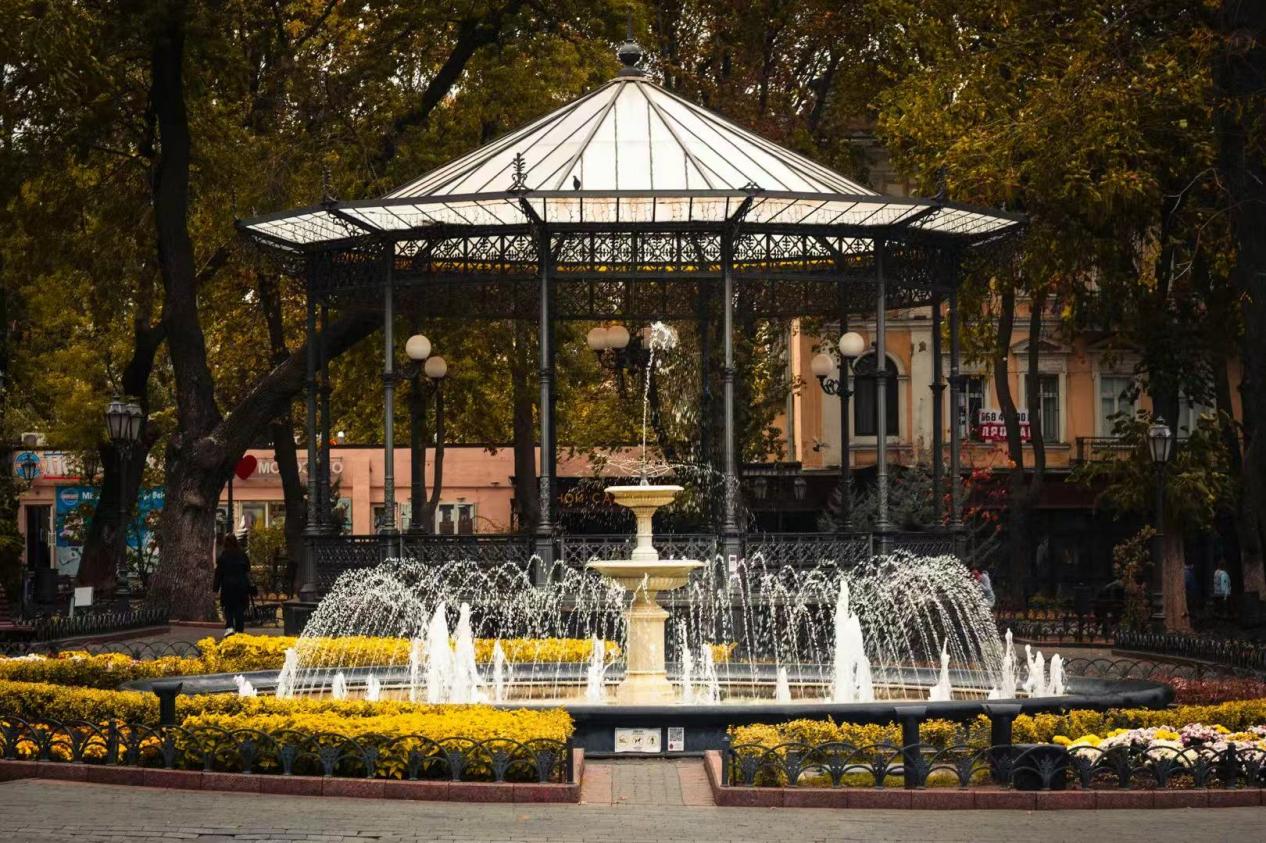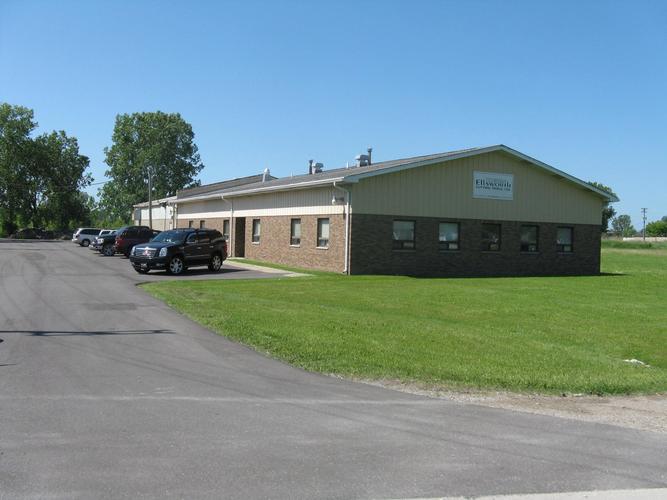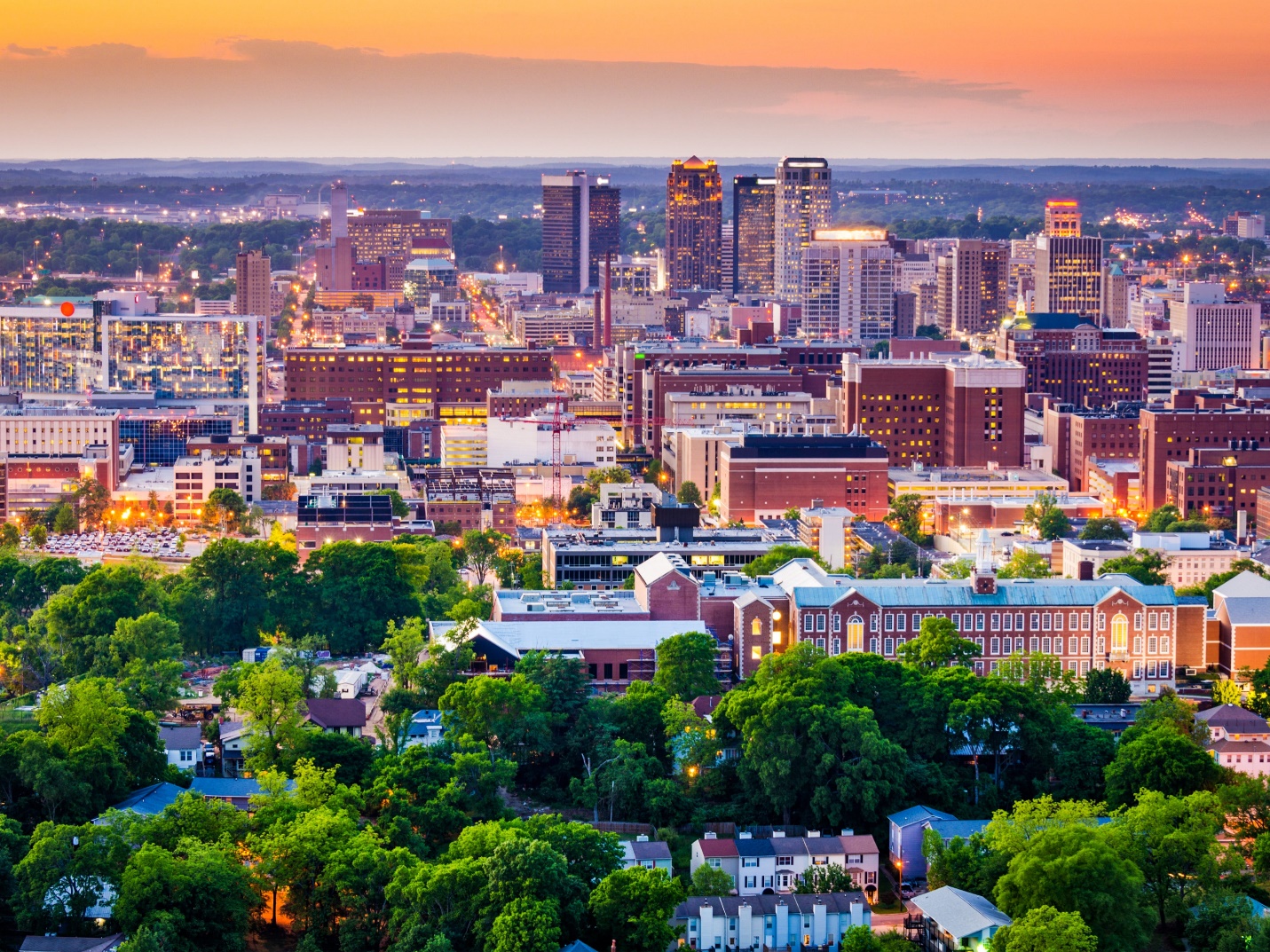When London's skyscrapers and New York's luxury apartments become the focus of capital pursuit, the real wealth code is often hidden in the wrinkles of the map. In the Polish city of Szczecin, a British investor bought a top-floor apartment in a 19th-century Baroque building at 1,000 euros per square meter. Three years later, the city's successful application for heritage status made the housing price triple. This unconventional global real estate allocation logic is rewriting traditional investment rules.
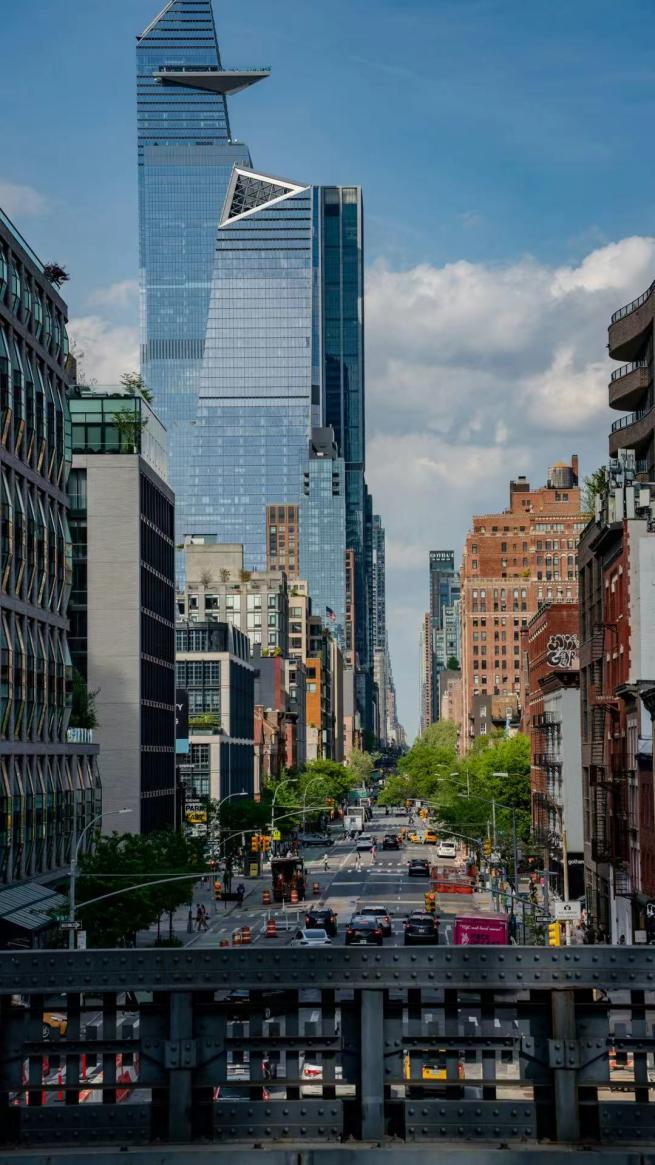
In the heart of Europe, Poland's Szczecin stands as a testament to the treasures lurking in quiet corners. The city's extensive history and stunning architecture beauty have long been a secret among locals. But for those with a keen eye, like the British investor, it's a goldmine. The city's bid for heritage status wasn't just about preserving the past; it was an invitation to the future. As tourists flock to explore its charm, the real estate market is in a boom. The investor's initial outlay of 1,000 euros per square meter now seems like a steal, with prices soaring to triple that figure.
On the outskirts of Reykjavík, Iceland, a black beach carved by volcanic lava, a group of Silicon Valley engineers are creating floating aurora borealis observation pods. These glass-domed structures are rented at 800 dollars per night, with land costs only requiring a token annual rent. The return on investment for such natural wonder-based asset appreciation is 500%higher than traditional resort development. Similar cases are unfolding in Greenland's blue ice caves and Morocco's Sahara Desert transparent-domed tents.
Iceland's Reykjavík offers another fascinating case study. The engineers didn't just build any ordinary lodging; they crafted an experience. The floating pods, nestled along the black sands, provide a front-row seat to nature's most spectacular light show-the aurora borealis. For tourists, it's a lifetime experience. For investors, it's a goldmine. The minimal land costs and the high-end appeal of the pods have created a situation where returns are off the charts. It's not just about having a place to stay; it's about creating a memory, and people are willing to pay handsomely for that.
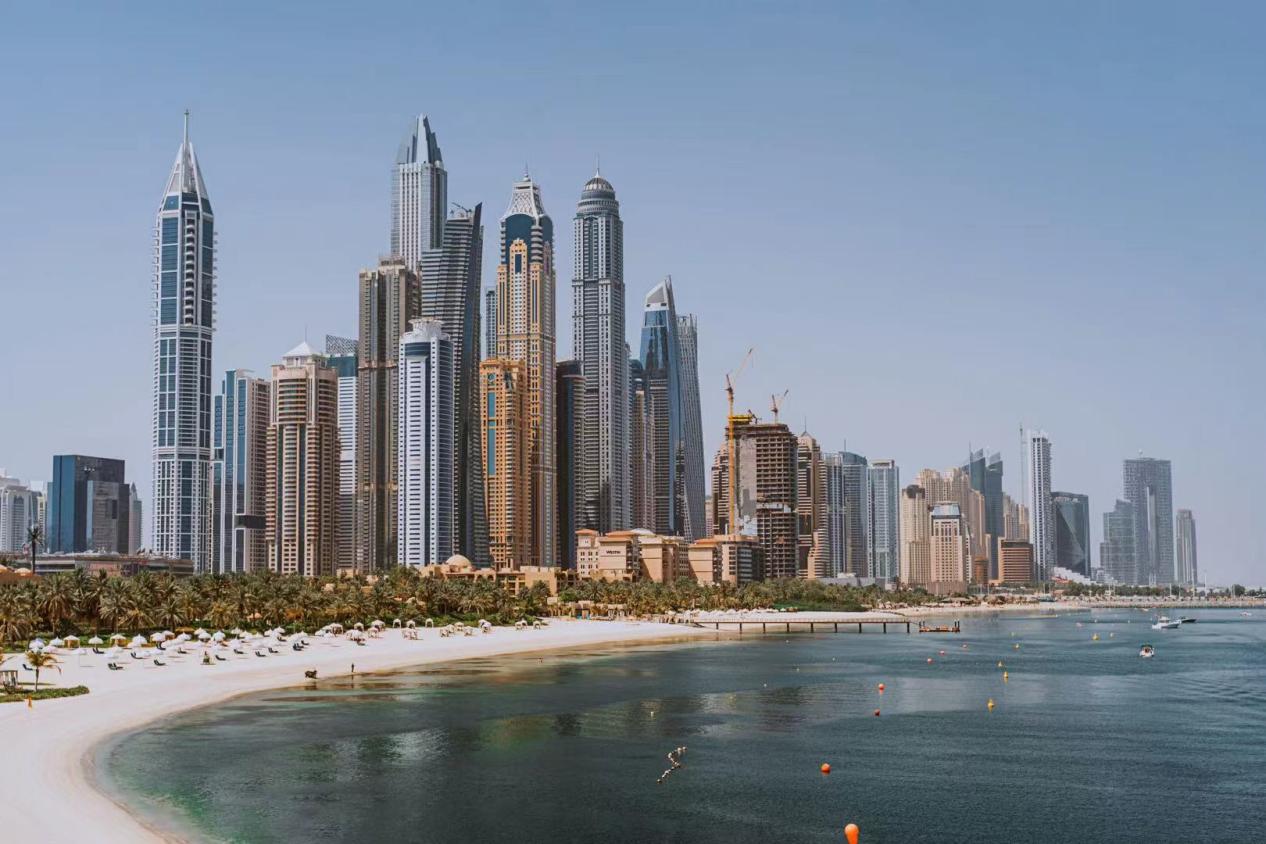
The cryptocurrency revolution is revolutionizing the real estate market. In the Colón Free Trade Zone of Panama, blockchain-driven cross-border real estate transactions account for 17%of the market. An Australian teacher retired purchased part-ownership of a Guatemalan coffee plantation through a blockchain platform. Not only does she gain coffee bean profits, but she also enjoys land appreciation dividends. These "digitized real estate shares" are attracting the attention of millions of global investors.
The digital wave has reached the shores of real estate, and it's making waves. In Panama's Colón Free Trade Zone, blockchain isn't just a buzzword; it's the backbone of a new era of real estate transactions. The technology has made buying and selling property across borders faster, safer, and more transparent. For the Australian teacher, it wasn't just about getting in on the coffee business. It was about diversifying her portfolio in a way that was once impossible. With a few clicks, she became a part-owner of a plantation, gaining a slice of the profits and the benefits of land appreciation. It's a new way of investing, breaking down old barriers and opening up new opportunities.
But truly smart capital has already been laid out in the wrinkles of time. Thirty meters below the ancient city of Rome, medieval cellars transformed into climate-controlled storage rooms rent for 200 euros per square meter. These secret spaces, designed for ancient books, wine, and artworks, have become the ultimate weapon for high-net-worth individuals against inflation. And floating villas in the Venetian lagoon are appreciating at 12%per year. With rising sea levels, these floating assets are becoming the preferred choice for climate migrants.
Rome, a city that has stood the test of time, is now offering new ways to invest in its enduring appeal. The underground cellars, once used for storing wine and other goods, have been repurposed into climate-controlled storage facilities. It's a clever adaptation of existing spaces to meet modern needs. High-net-worth individuals are snapping up these storage rooms, seeing them as a hedge against inflation. After all, when you store precious items in a place with a stable climate, you're not just preserving the items; you're preserving their value. Meanwhile, in Venice, the floating villas are not just response rising sea levels; they're a forward-thinking investment. As more people seek homes that can adapt to climate change, these villas are becoming more valuable with each passing year.
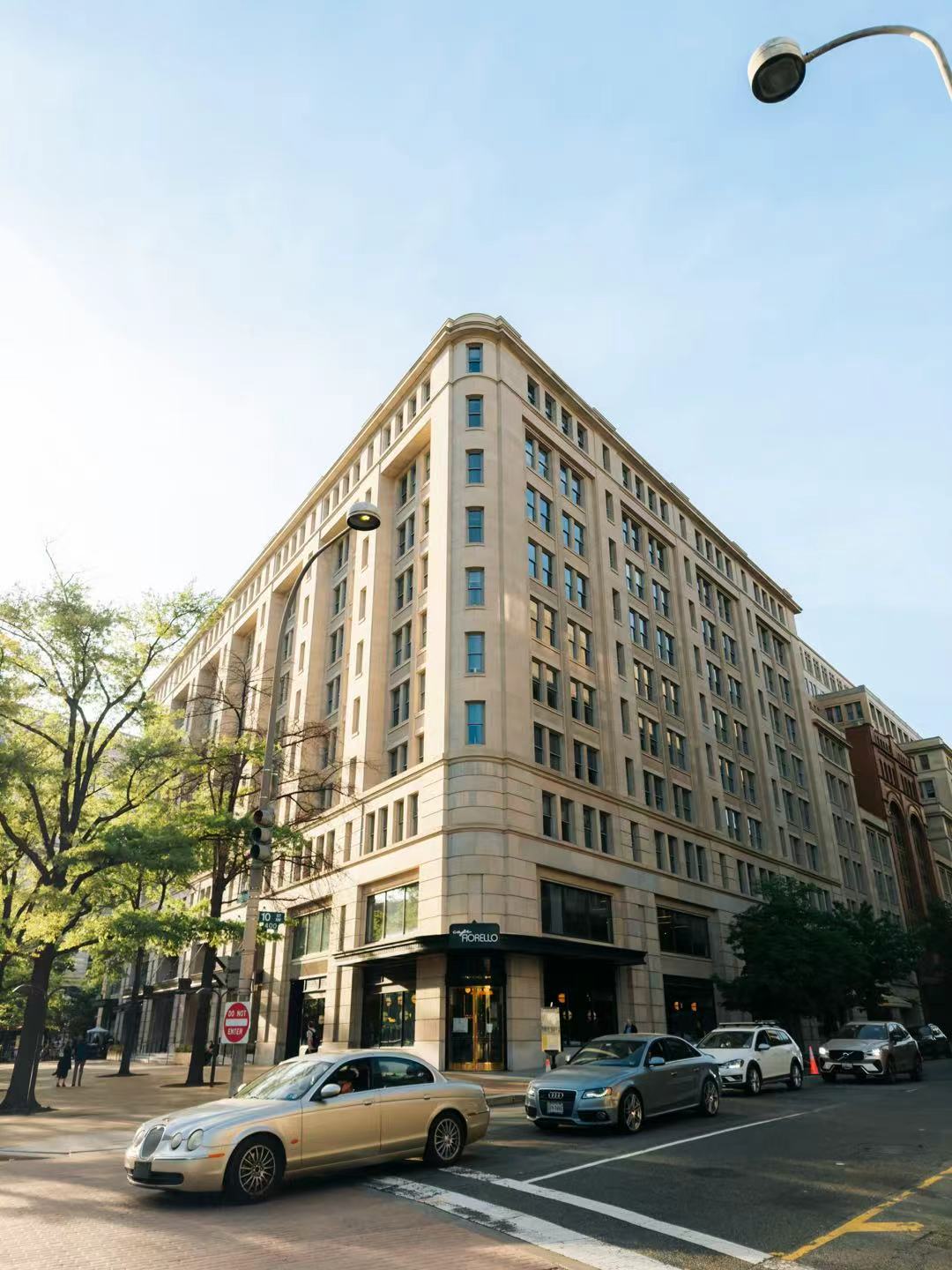
Risks often hide in the most conspicuous places. Those seemingly desolate Sahara salt flats are actually the foundation of the future solar energy kingdom. The areas around Antarctic station research are giving birth to the original shares of polar ecotourism. True global real estate wise men have long learned to seek the future of civilization at the edge of civilization. When most people are vying for display windows on New York's Fifth Avenue, the shiniest coins often lie under the Sahara stars, waiting for those who know how to look up.
The Sahara salt flats may seem like an unlikely place for investment, but they hold immense potential. With the world turning to renewable energy, these expansive, sun-bathed regions are perfect for solar farms. It's not just about creating electricity; it's about creating profit. Similarly, the remote regions around Antarctic research stations are becoming hot-spots for ecotourism. The stark, pristine landscapes attract adventurous travelers willing to pay premium prices for the experience. For investors, it's about getting in early and being part of a growing trend. While others are focused on the bright lights of big cities, the real opportunities are often found in the most unexpected places.

